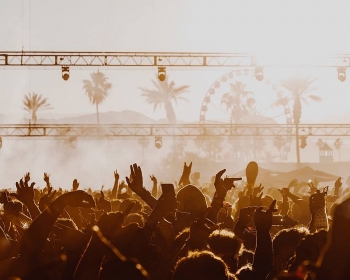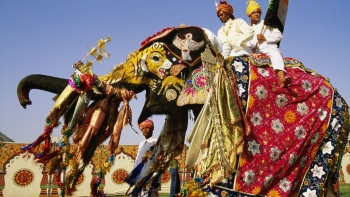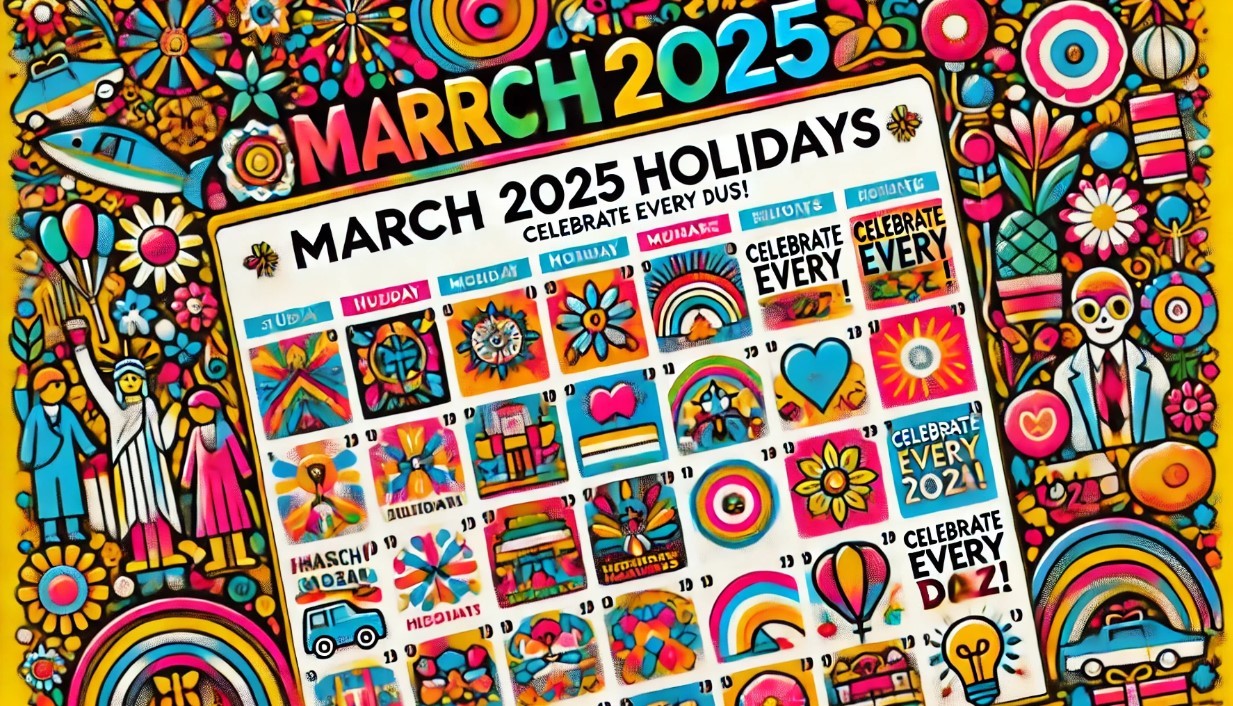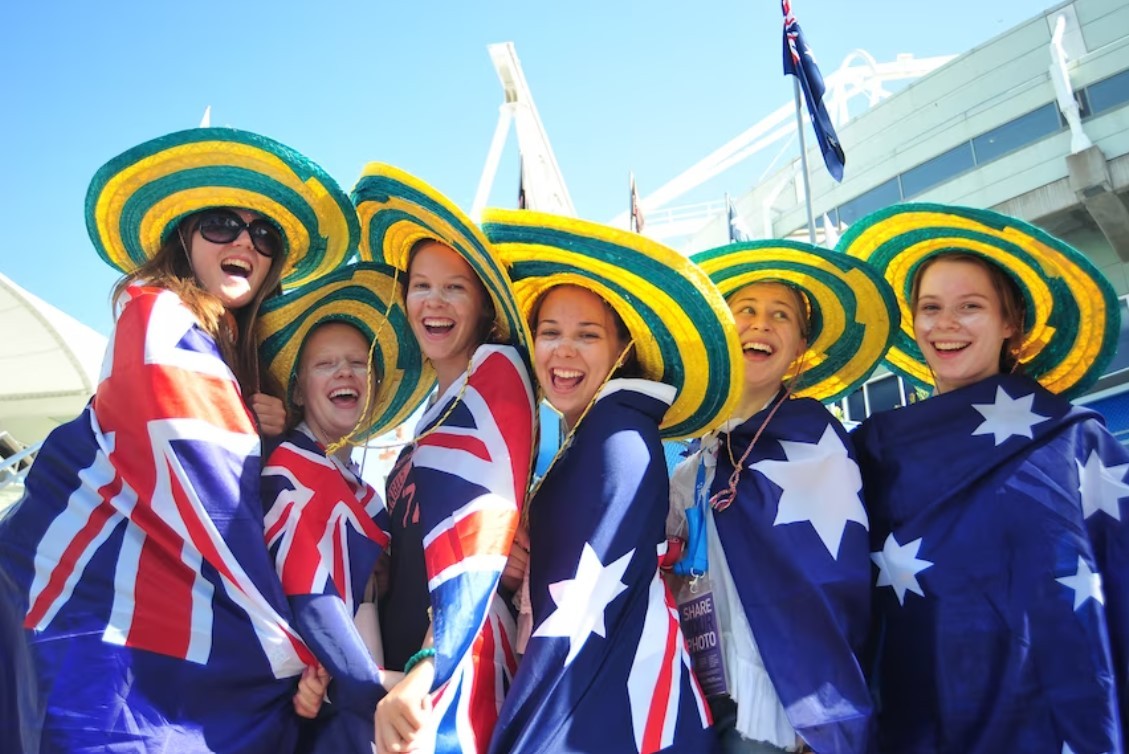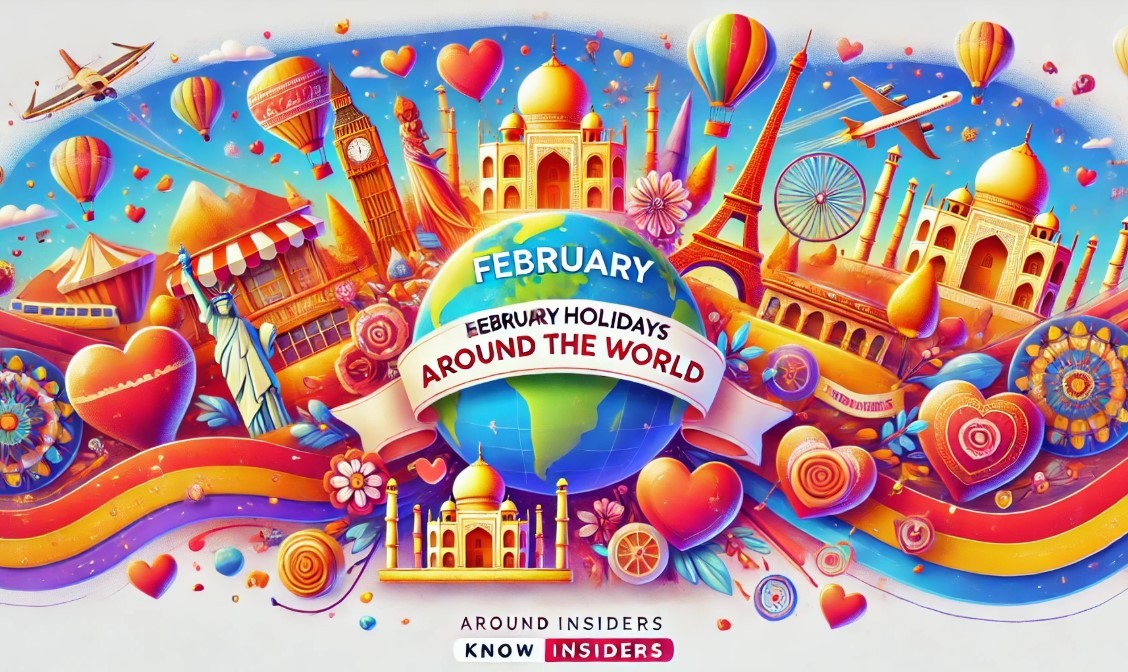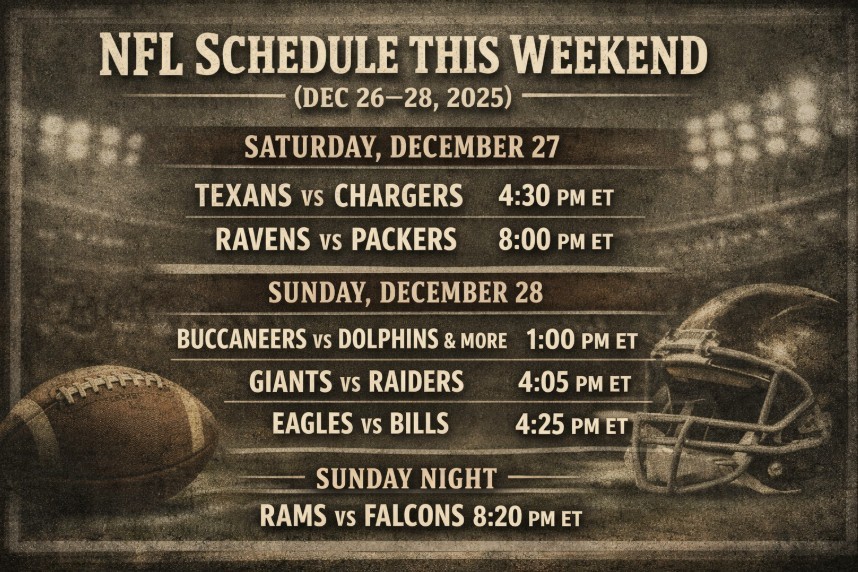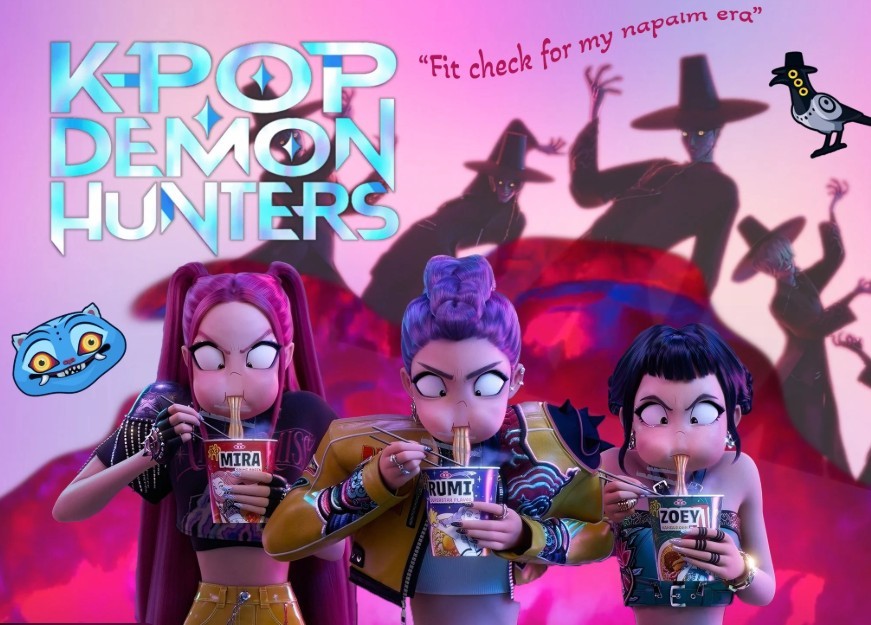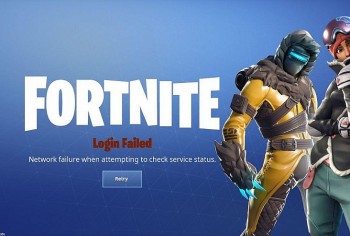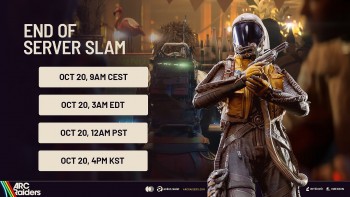Holi Festival in India: Date, Significance, Celebrations and More
 |
| Holi, the festival of colors in India. Photo: Glamping Hub |
With the throwing of colored powder and water balloons, Holi has become known as India’s most vivid, joyous festival. International travel groups selling tours to the country often place photos of boisterous Holi celebrations alongside pictures of the Taj Mahal.
Although the Hindu festival of colors finds its origins in South Asia, it has now gained popularity across the world, with Holi events organized across the U.S., the U.K. and elsewhere.
Here’s everything you need to know about Holi.
When is Holi?
Holi always falls on Purnima or the day of the full moon. Holi is actually a two-day holiday; the day of the March full moon is Holika Dahan.
This year, India will celebrate Holi on March 29, 2021 (Monday). Whereas, Holika Dahan will be celebrated on March 28, 2021, i.e. Sunday.
Holi Festival: History
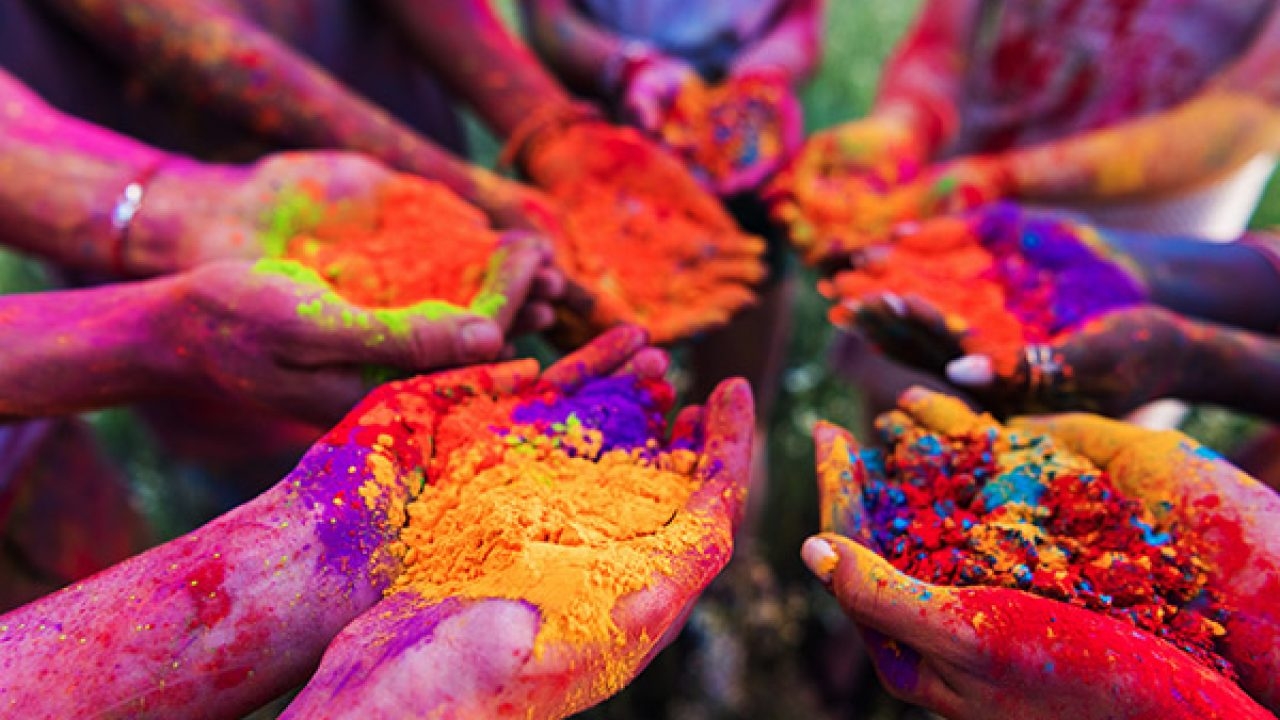 |
| Photo: FabHotels |
One of the main focuses of the Holi Festival is a celebration of the victory of good over evil. In ancient times, the festival was a special rite performed by married women for the happiness and well-being of their families and the full moon (Raka) was worshiped, said Big Seven Travel.
A legend around Holi is the story of Krishna and Radha. As the 8th incarnation of the Hindu god Vishna, many see Krishna as the supreme god. Legends say that Krishna had blue skin because he drank poisonous milk from a demon when he was a baby. Krishna fell in love with the goddess Radha, but feared she would not love him because of his blue skin – so Radha allowed Krishna to dye her skin with color, making them a true couple.
So this is why people apply color to each other’s skin during Holi, in honor of Krishna and Radha.
Holi Festival: Significance
The question 'why people celebrate Holi' has many answers. There are a few interesting tales associated with this festival. According to one of the legends, Holi is the day that marks the union of Shri Krishna and his consort, Radha. Hence, even today, in the Braj region (the place where Shri Krishna was born and raised), people celebrate Holi with flowers. Moreover, one of the folklore suggests that Shri Krishna, who had a bluish skin tone, wondered whether Radha would accept him. Therefore, Mother Yashoda asked him to smear Radha's face with the color of his choice to clear his doubt, according to Times Now News.
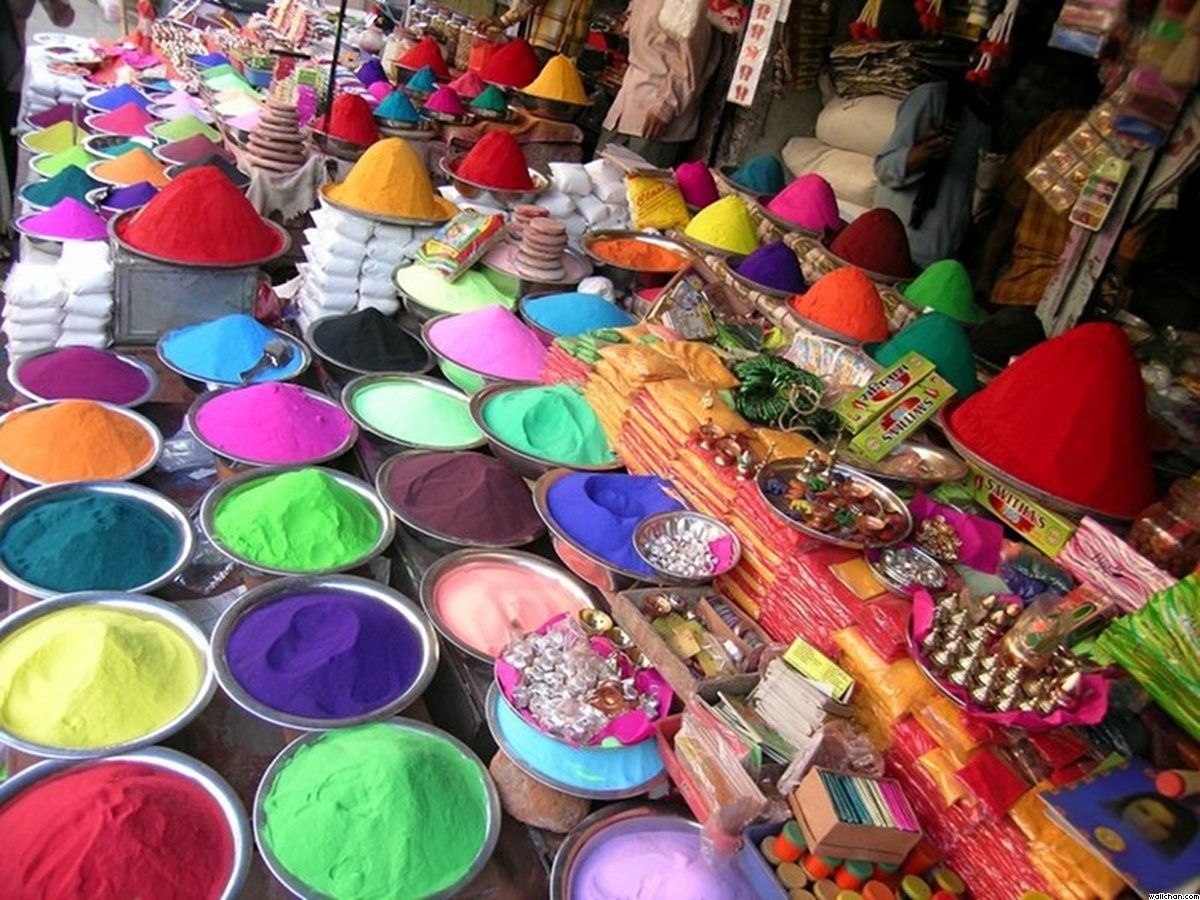 |
| Photo: Indian Holiday Pvt. Ltd. |
Interestingly, baby Krishna's skin tone turned blue after consuming demoness Putana's breastmilk. Kansa, Krishna's maternal uncle, had sent Putana to Yashoda's house to kill the baby. But, his attempt to kill Krishna failed.
According to another legend, Holi is the day that marks the reunion of Kama Deva (the God of love and desires) and his wife, Rati. On this day, Lord Shiva restored Kama's original form after burning him into ashes with his third eye.
And last but not least, the story of Bhakt Prahlad is also associated with Holi festivities. Like Diwali, Holi also symbolizes the triumph of good over evil. Prahlad, an ardent devotee of Lord Vishnu, represents the good, while his father and his accomplices, including his aunt, Simhika (also known as Holika), symbolize evil. On the day before Rangwali Holi, devotees light a bonfire that represents Holika or evil.
Legend of Krishna
Young Krishna is known to be very playful and mischievous. The story goes that as a child, Krishna was extremely jealous of Radha’s fair complexion since he himself was very dark. One day, Krishna complained to his mother Yashoda. To pacify the crying young Krishna, the doting mother asked him to go and color Radha’s face in whichever color he wanted.
Legend of Pootana
A legend says that there was an Ogress known as Pootana. Lord Krishna’s devil uncle Kansa sought the help of Pootana to kill infant Krishna by feeding him poisonous milk. Pootana disguised herself as a simple and pious woman and treacherously fed baby Krishna with her poisoned breast. Lord Krishna, however, sucked her blood which revealed the monster behind that pious woman, and laid her to death.
On the night before Holi, there is a practice to burn an effigy of Pootana – the Ogress who nearly killed Lord Krishna. The tradition is symbolic of the victory of divinity over demonic forces. It also shows the end of winter and darkness – as typified by Pootana.
The legend of Kamadeva
The legend has it that when Lord Shiva’s consort Sati committed herself to fire due to disgrace shown by her father Daksha to Shiva, Lord Shiva became extremely sad. He renounced his worldly duties and went into deep meditation. Meanwhile, Parvati started meditating to acquire Shiva as her husband. Moreover, since Shiva was least interested in the affairs of the world complications began to generate in matters of the world which made all the gods concerned and afraid, noted Riti Riwaz.
The gods then sought the help of Lord Kamadeva, the god of love and passion to bring Shiva back to his original self. As planned Kaama shot his love arrow on Shiva while he was in meditation. This made Shiva extremely angry and he opened his third eye – reducing Kamadeva to ashes. However, Kamadeva’s arrow had its effect and Lord Shiva married Parvati.
Holi Festival: Celebrations
Holi celebrations start on the night before Holi with Holika Dahan, where people perform rituals in front of a bonfire, praying for their inner evil to be destroyed, just as Holika was killed in the fire.
The carnival of colors begins the next morning, where people come out on the streets to play with colors, and drench each other in colored water through water guns or balloons, India Today cited.
Interestingly, different regions in India observe varied customs on this day. In West Bengal and Assam, for instance, Holi is known as Basanta Utsav or spring festival.
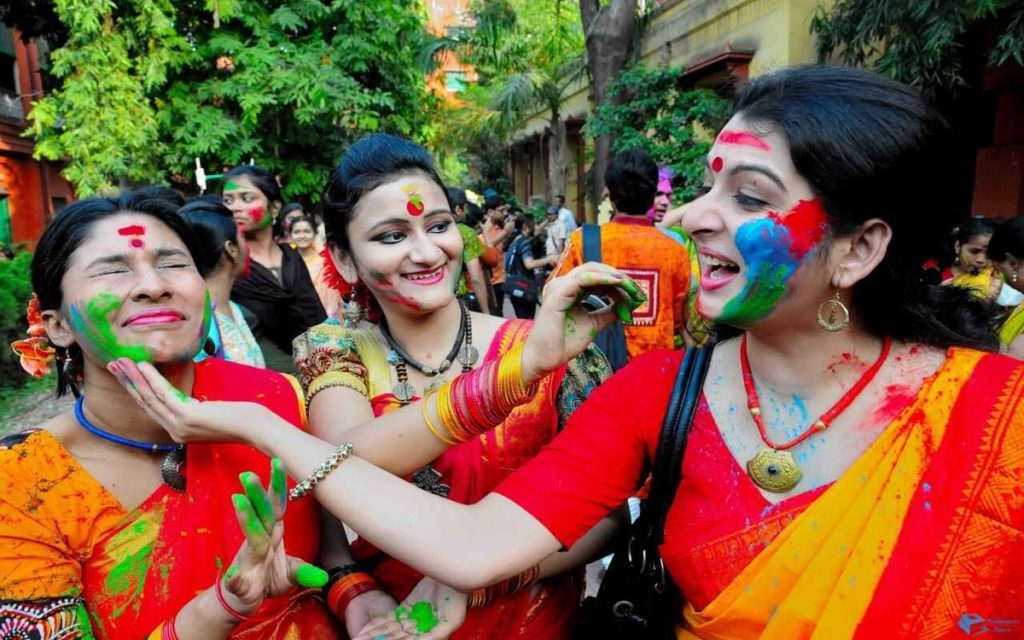 |
| Photo: Tusk Travel |
A popular form of Holi, called Lathmar Holi is celebrated in Barsana, a town near Mathura, in Uttar Pradesh, where women beat up men with sticks, as those on the sidelines chant ''Sri Radhey'' or ''Sri Krishna.''
Again, in Maharashtra, it is the time of Matki Phod (breaking the pot). Men climb on top of each other to form a human pyramid up to the height from which pot buttermilk is hung. The one who breaks the pot is named the Holi King of the year.
In Vrindavan, widows and estranged women immerse themselves in colors on Holi. Again, in Punjab, Sikhs revel in colors on Hola Mohalla, which is celebrated a day after Holi.
The customs and rituals may be different across regions but what unites them is the spirit of this festival of colors.
| Traditional Food to Eat for Holi Sweet dishes are synonymous with Holi, with family gatherings and restaurants having a huge array of treats. The most popular is gujiya or stuffed dumplings, as well as ras malai – sweet dough balls stuffed with cream, saffron and pistachio nuts with fresh cardamom cream. Puran Poli is another favorite, It’s a buttery flatbread similar to the ‘roti’ with stuffing (Puran) and it comes with ghee (clarified butter) or milk. |
Holi Festival: Holi and religious tensions in India
Despite having roots in Hinduism, Holi has been celebrated across all religious communities in India. It is not uncommon to see Hindus and Muslims open up their homes to each other for religious festivities, Time reported.
This year’s Holi festivities come in the wake of mounting religious tensions and some of the worst religious violence India has seen in years. A controversial citizenship law invoked by Prime Minister Narendra Modi’s government has triggered nationwide protests and deadly clashes across the country.
As a festival, Holi has always been about breaking boundaries. While it is often seen as a colorful festival, Sippy, the religion professor, says it “has often involved much more violent forms of letting loose.” She points to pass incidents of sexual assault and harassment during Holi celebrations.
“Even though Holi can be a wonderful, celebratory spring festival, it is now just one reason for the vulnerable to feel terrified,” she adds. “We are already seeing whole new levels of horrific communal violence in India and there isn’t any space for letting loose at this moment.”
|
April is the month of festivals all around the world. Let's have a look at top 9 most popular festivals around the world in April ... |
|
Reading and Leeds Festivals: Festival Republic, organizers of the Reading and Leeds Festivals, has recently announced that the events will still be held in late ... |
|
The Elephant Festival is an annual festival held in the Pink City, Jaipur and it attracts thousands of visitors from around the country. Read this ... |

